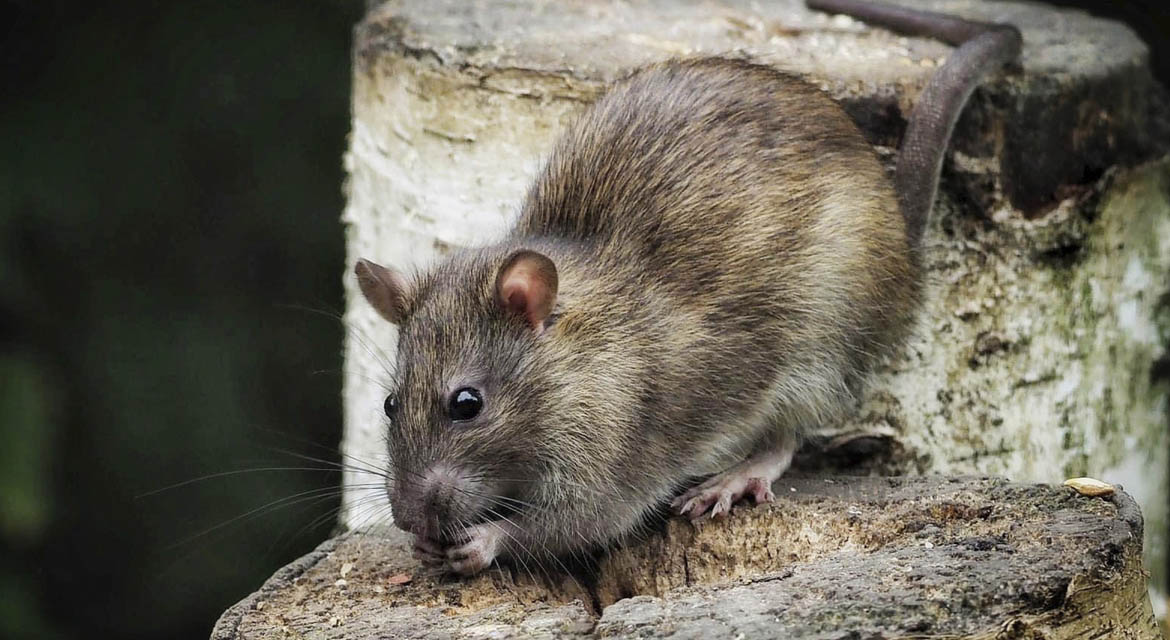Rat Facts & Information
Overview of Rats
Rats are a highly adaptable and diverse group of rodents that belong to the family Muridae. These small mammals are found throughout the world, inhabiting a wide range of environments, from urban areas to rural landscapes. Rats are characterized by their long tails, sharp incisors that continuously grow, and keen senses of smell, taste, and hearing. They are opportunistic omnivores, meaning they will eat almost anything, from grains and fruits to insects and small animals. Rats are known for their ability to reproduce rapidly, with females capable of giving birth to multiple litters of pups each year. While some species, such as the domesticated pet rat, are beloved companions, others, like the brown rat or Norway rat, can be considered pests due to their role in spreading diseases and causing damage to property. These rodents have a complex social structure and communication system, making them a fascinating subject of study for scientists and a part of our shared urban and rural ecosystems.
What do Rodents Look Like?
Rodents display a wide range of physical characteristics, but there are some common features that define this diverse group of mammals. One of the most distinctive traits of rodents is their continuously growing front incisors, which they use for gnawing and chewing. These teeth are typically sharp and chisel-like. Rodents come in various sizes, from tiny mice measuring a few inches in length to larger species like beavers and capybaras, which can be quite sizable. They have fur-covered bodies, and the coloration of their fur can vary greatly, often serving as camouflage in their respective habitats. Most rodents have relatively short limbs, with feet adapted for running, climbing, or digging, depending on their ecological niche. Their tails also vary in length and shape, from long and prehensile in some species, such as squirrels, to short and stubby in others, like hamsters. Overall, the appearance of rodents is incredibly diverse, reflecting their adaptation to a wide range of environments around the world.

Not the pest you are looking for?
Check out our pest library to see what other pests we have articles on
Rodent Pest Control
Rodent pest control is a critical aspect of managing the potential problems associated with rodents in human environments. It involves the implementation of various strategies to mitigate the negative impacts of rodents, which can include damage to crops, property, and transmission of diseases. Common methods of rodent pest control include the use of traps, baits, and rodenticides to capture or eliminate unwanted rodent populations. Additionally, preventive measures such as sealing entry points, maintaining clean and clutter-free spaces, and proper food storage are essential to reduce the attractiveness of an area to rodents. Integrated pest management (IPM) approaches that combine multiple strategies, including biological controls and habitat modification, are often favored for their effectiveness and reduced environmental impact. Rodent pest control

